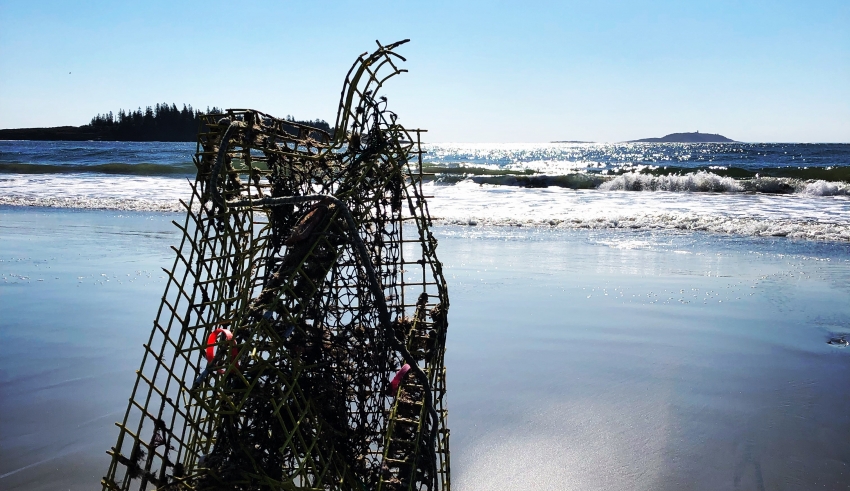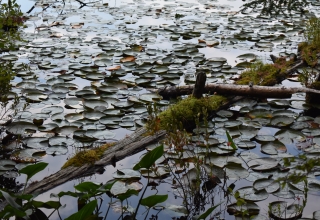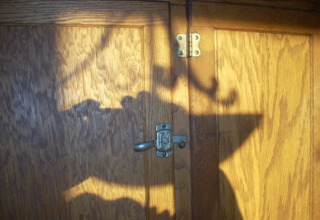
William Bergquist and Agnes Mura
Although a single twig will break, a bunch of twigs is strong -Tecumseh
Human beings are by nature social animals (Aronson, 2018). Their survival when dwelling on the African savannah depended on their collaborative efforts. They were slower and weaker than most of the other animals dwelling on the savannah—but they knew how to work together in a manner that enabled them to find their own distinctive strength. The ability of humans to talk with one another—based on their unique creation of language—made their capacity to coordinate efforts with one another that much more impressive. The biology of humans further enhances (and motivates) this desire to work with one another: a specific hormone called “oxytocin” (known as the “nurturing and bonding chemical”) saturates the neurochemical system of human beings more than is the case with most other animals. We are primed and positioned for work with other people in groups and in teams that seek to achieve a specific purpose (such as survival on the savannah or creative innovations).
Given this orientation of human beings, what seems to be the nature of the collaborative relationships that are being formed? Of course, there are the strong filial bonds that form among family members and, in some cultures, among relatives and even among all members of one’s tribe. In contemporary times there are also relationships established with other people who share one’s interests. These groups can be formed around a common commitment to a specific sports team or around membership in a fraternal organization. Parents share child-care duties with neighbors and teenagers join together with one another to form a “clique”. There are many kinds of groups that creative humans have invented over countless centuries.
Download Article













